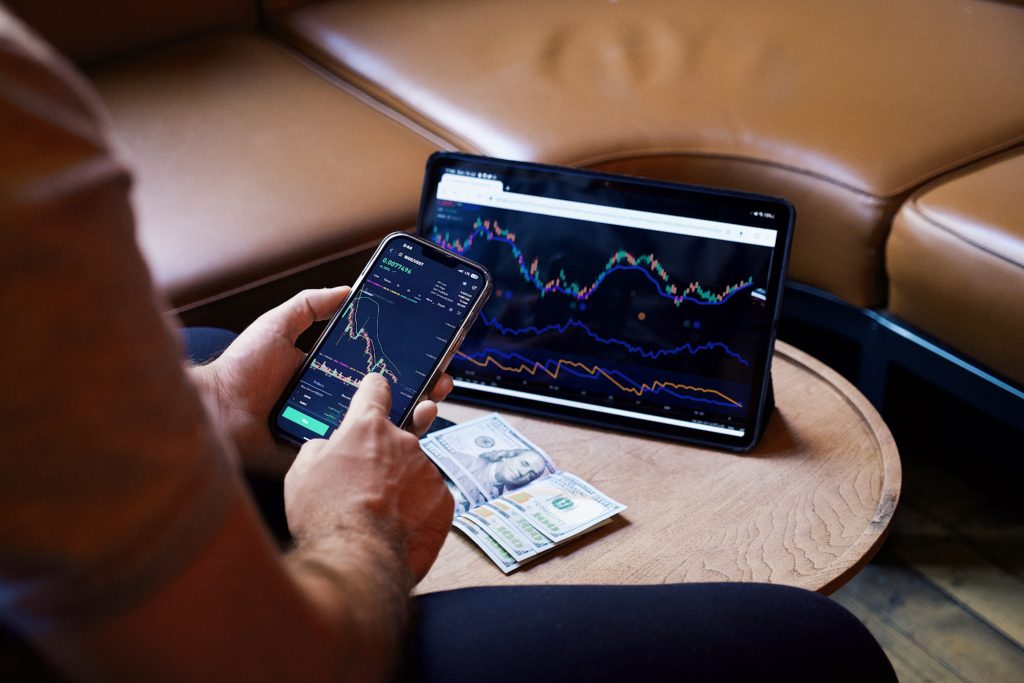In the dynamic landscape of financial markets, staying ahead requires agility and adaptability. Enter Python live trading – a game-changer for traders and investors seeking to automate their strategies and execute trades in real time. In this blog, we’ll delve into the realm of Python live trading, exploring its benefits, key features, and how you can leverage its capabilities to navigate the fast-paced world of finance.
Understanding Python Live Trading:
Python, a versatile and powerful programming language, has gained immense popularity in the financial sector due to its ease of use, extensive libraries, and robust community support. Live trading with Python involves the real-time execution of trading strategies through automated scripts or algorithms. This allows traders to respond instantly to market changes, capitalize on opportunities, and manage risks efficiently.

Key Benefits of Python Live Trading:
1. Speed and Efficiency:
Python’s simplicity and efficiency play a crucial role in live trading. Its syntax allows for rapid development and execution of trading algorithms, ensuring quick response times in a market where every second counts.
2. Versatility and Customization:
Python’s extensive library ecosystem, including tools like NumPy, Pandas, and Matplotlib, provides traders with various analytical and visualization capabilities. This allows for the customization of trading strategies based on diverse market conditions.
3. Real-time Data Analysis:
Python excels in handling and analyzing real-time data, a vital aspect of live trading. Traders can integrate data feeds, process information instantly, and make informed decisions without delays.
4. Backtesting and Optimization:
Python facilitates robust backtesting of trading strategies, allowing traders to evaluate performance based on historical data. This feature enables fine-tuning and optimization of algorithms before deploying them in live markets.
Getting Started with Python Live Trading:
1. Choose a Trading Platform:
Select a trading platform compatible with Python, such as Interactive Brokers, Alpaca, or MetaTrader. These platforms provide APIs that allow seamless integration with Python scripts.
2. Set Up Development Environment:
Install Python and set up a development environment using tools like Jupyter Notebooks or Visual Studio Code. This environment will be the workspace for coding and testing trading algorithms.
3. Leverage Trading Libraries:
Utilize Python libraries like CCXT (CryptoCurrency eXchange Trading Library) or Alpaca for easy access to market data and execution of trades. These libraries abstract the complexities of connecting to different exchanges.

4. Code Your Strategy:
Develop and implement your trading strategy in Python. This may involve technical indicators, machine learning models, or a combination of both. Ensure that your code is well-documented and thoroughly tested before moving to live trading.
5. Risk Management:
Implement robust risk management techniques in your code to protect your capital. This includes setting stop-loss levels, position sizing, and monitoring overall portfolio risk.
Conclusion:
Python live trading is a powerful tool that empowers traders to navigate the financial markets precisely and quickly. Its versatility, coupled with an extensive ecosystem of libraries, makes it an ideal choice for those looking to automate their trading strategies. By embracing Python live trading, you position yourself at the forefront of innovation in the financial world, ready to seize opportunities and manage risks in real-time. So, gear up, explore the possibilities, and embark on a journey of seamless, automated financial transactions with Python live trading.
